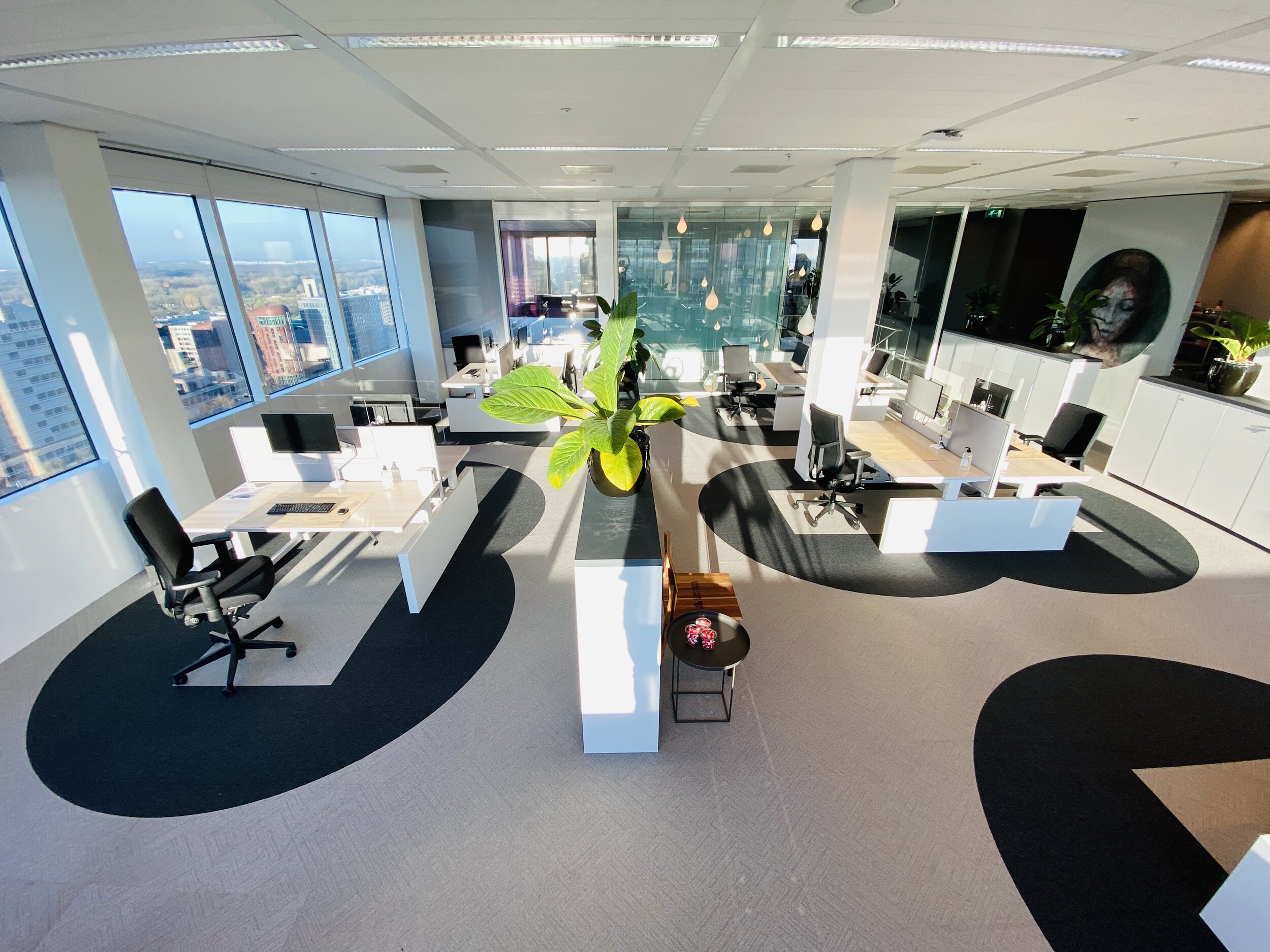Bookmarks: 5 Interesting Articles That May Help You This Week
/Each week, I select a few articles that rise above the fray and hopefully help you on your journey in the CRE world. They pull from one of four "corners": corporate real estate, technology, management science and anything positive. I welcome your comments on these articles.
1. The Office Is Far Away. Can Its Culture Survive?
Peter Oumanski
American companies are experimenting with new ways to replicate the camaraderie that once defined day-to-day life inside an office as a pandemic-induced period of remote work approaches three months—with no clearly-defined end in sight.
Millions of workers have proved they can do their jobs at home for now—sometimes surpassing their productivity in the office. But as more managers come to accept the reality that employees may be apart for a while longer, they are fretting about how they can instill culture and encourage innovation when employees who once spent days together now rarely see each other in person.
“It’s the foremost concern,” says Daniel Lubetzky, founder and executive chairman of snack-bar maker KIND LLC. “None of us really knows how this movie will play out if it continues like this for much longer.”
2. CRE, Tenants Prize Office Space Flexibility In Post-Pandemic Era
Breather
The ways in which American employers think about work space are changing as the world slowly reopens. Companies are likely to re-evaluate both the type and amount of space they lease in the coming years. The tendency to sign long-term leases may be replaced by the search for more flexible lease arrangements. And companies seeking square footage may want spaces at once both more private and less dense than co-working environs.
Having thought a lot about these changes is Bryan Murphy, CEO of New York City and Montreal-based private and flexible workspace provider Breather, a company with more than 500 offices it makes available to customers by the hour, day, week, month or year. Murphy believes the shift in the nature of office space will have to be more dramatic than simply placing clear plexiglas dividers between desks in an open workspace.
The three big workplace challenges in the short term are architecture/design, fixtures and operations, he feels. "Design is about distancing, making sure people are six feet apart," he says. "Fixtures is about plexiglas dividers and hand sanitizing machines. Operations is where it really gets complex. As a tenant, we have to split shifts [and] screen visitors. And for commercial property owners, it's really about adhering to the CDC guidelines."
3. Remote Work Forever? Not So Fast, Jobs Guru Says
ARND WIEGMANN/REUTERS
Alain Dehaze knows a lot about jobs, and he’s not sold on remote work.
The 57-year-old Belgian has insights into the world of work as head of Adecco Group, ADEN +1.79% one of the world’s largest providers of temporary employment, outplacement services, headhunting and retraining services.
Many companies have recently trumpeted the promise of working from home as demonstrated during the coronavirus pandemic. Mr. Dehaze sees the benefits but also risks.
“Remote work is unfortunately creating a social distance that we should not have,” said Mr. Dehaze, though he sees no return to workplace normalcy until a vaccine is widely available.
Adecco has studied a dozen leading economies’ responses to the health crisis, aiming to identify policies that yield superior results. To jolt economies back to life, governments must invest about 10% of gross domestic product—and do it quickly, Adecco concluded.
4. Using the Past to Predict CRE Pricing
While most investors have the phrase ‘past performance is not indicative of future results,’ memorized, the truth is it can still help to look at the past to understand future performance, according to Omar Eltorai, market analyst at Reonomy.
“While the last recession is not the same as the current, it is still helpful to acknowledge the historical experience—even if only to bookend our expectations,” Eltorai says. “This recession has different drivers which include a health crisis, business crisis, liquidity and solvency issues, shift in consumer behaviors and political disruption in both the foreign and domestic spheres.”
Eltorai cites the cause of the crisis, consumer and business financial health preceding the crisis and the speed and scale of government intervention as the main differences between 2008 and today. “All of these differences mean that pricing will likely not move the same as the last recession,” he says. “On one hand, the macroeconomic picture is much more dire than that of the last recession, which would suggest deeper and longer pricing declines.”
5. Here’s how coronavirus may change how Big Tech works
Tech companies have traditionally been at the forefront of revolutionizing office space. Open floor plans have become the norm in many industries after tech companies touted the advantages they offer for collaboration and innovation. And perks like in-office gyms, child-care centers and communal cafeterias have also gained traction as companies compete to attract top talent.
But, the coronavirus may make this type of work environment a thing of the past, at least for the near future.
In an investigation recently published by South Korea’s Centers for Disease Control and Prevention, out of the 216 people who worked on the floor of a call center, 94 people tested positive for the virus. And employees are concerned.
A recent survey by insurance company Prudential found that, of more than 2,000 full-time employees surveyed, 66% believe their work site will need to be restructured to create more personal space. Forty-nine percent believe that open offices and workspaces are no longer conducive to their health and wellness.
Your success blesses others. I wish you a great a hugely impactful week!



























































